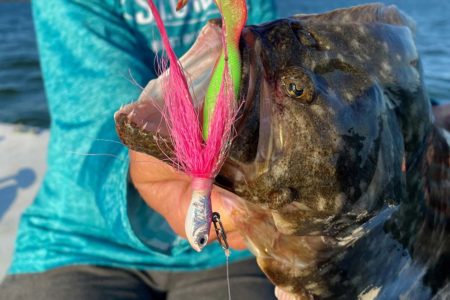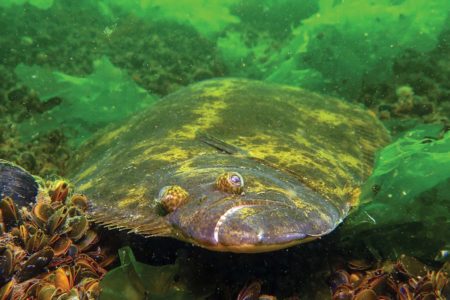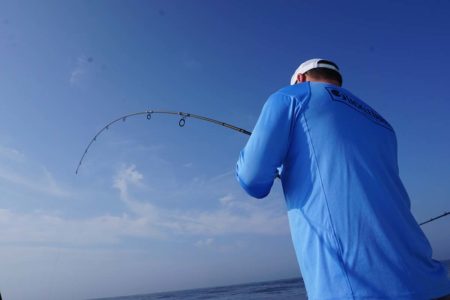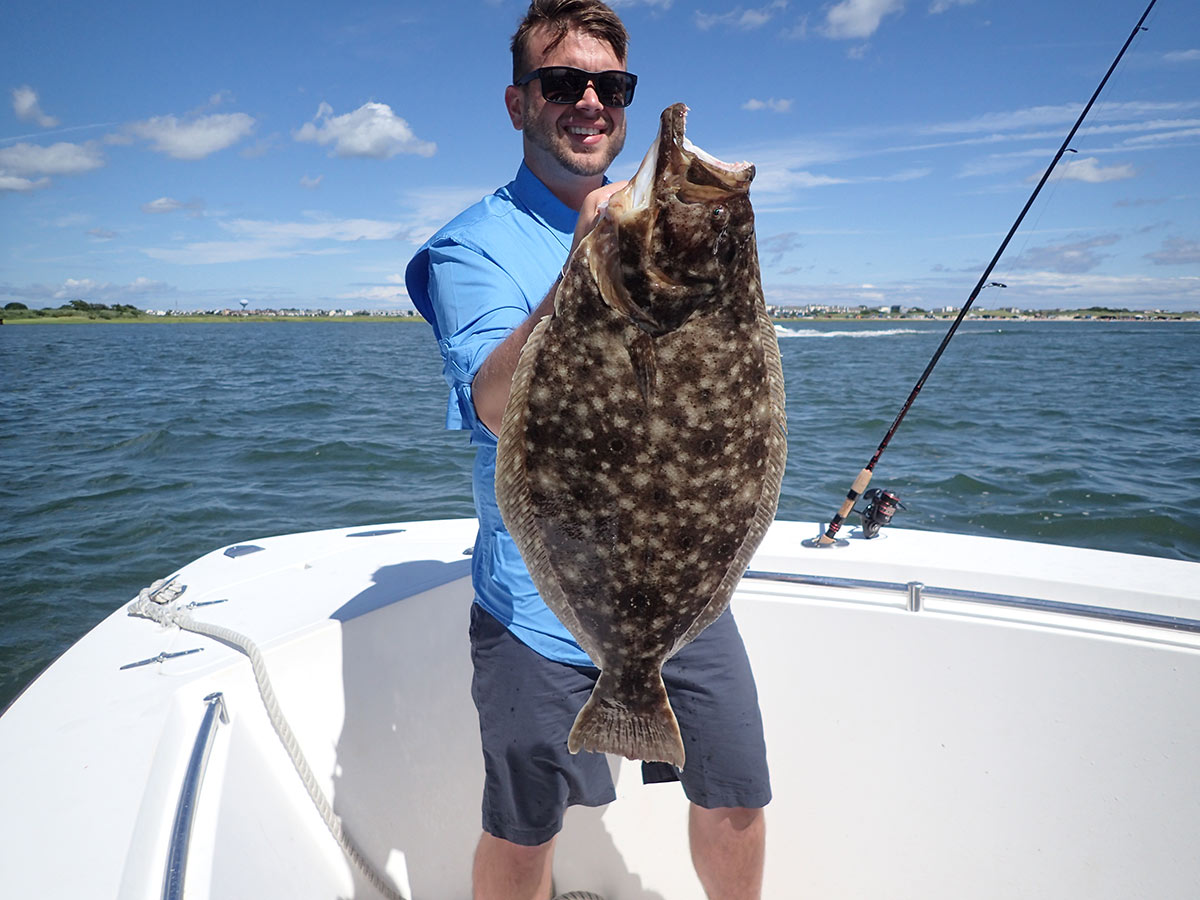
Proper care will help catch you more fluke and save a couple bucks in the process.
In a world where bait comes at a premium, it is beneficial for anglers to figure out ways to maximize their offerings. Many live baits, strip baits and even Berkley Gulp presentations can have their usability extended through proper care and quick action.
When heading into the back bays for fluke for example, many fishermen turn to minnows because of their consistent credentials for catching fish. Decade after decade, minnows continue to produce throwback, keeper and doormat summer flounder.
Often anglers pick up a pint or more at their favorite tackle shop along the coast and quickly empty their bait into their chosen carrier. A circular or oval live well that has raw water exchange is optimal for keeping minnows lively and happy. Minnows, however, can be kept fresh better than most baits. We are, after all, talking about the first species of fish to come back from the 2010 Gulf Coast oil spill.
In fact, I’ve had minnows jump out of a bucket in my garage and found them alive the next day in a semi-dormant state. I’ve seen minnows survive overnight while still impaled on a Kahle hook with only a gentle fog to keep them moist. Minnows have remained alive while being forgotten in my live well, splash well or fish box for days. Yes indeed, these are tough little fish with unparalleled toughness. It’s best then to take rapid steps to get a second use of that bait.
Live Bait Salvation
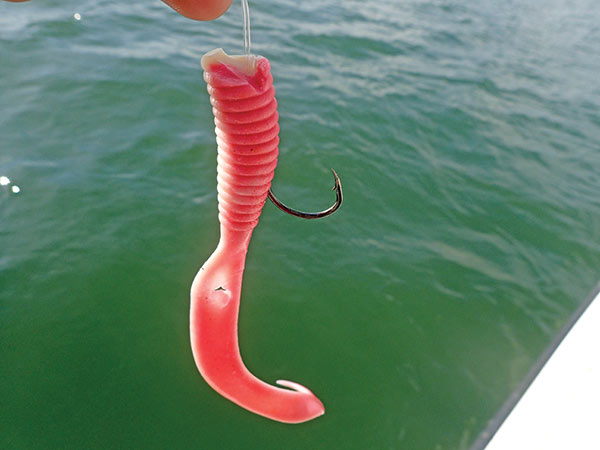
First, as quickly as possible, immobilize that decked fluke. If it’s a throwback being brought over the gunwale without a landing net, that’s fine, but the fish needs to immediately be immobilized so headshakes can be minimized. Small fluke have miniature, albeit more frequent shakes compared to the less-frequent but more violent thrusts of their doormat seniors. If the fish is netted, the same strategy needs to take place; no head shakes or flopping on the deck are allowed.
Once you remove the minnow from the mouth of the fluke, make a judgement as to whether the bait can be salvaged for later use. Baits that are hung around the outside of the mouth are the best candidates to be resuscitated when contrasted to those hooked deep. Minnows would do well in tough guy cage match because abrasions and tooth marks won’t kill them – and that after they’ve been drug around the bottom with a hook buried in their chin.
Moving forward, even if the minnow looks well enough to send right back to the bottom for more fishing, I unhook it and place it in the live well. This is important. Often the minnow is stunned from the attack and will do very well with time in the bait well to recuperate and rehab. Although minnows live splendidly in bait buckets of all kinds, this is where a true live well outshines containers with no water exchange. The cold, oxygenated water rejuvenates the minnow and in 10 to 15 minutes, many of these “recycled” minnows are in really good shape to send down for mama fluke.
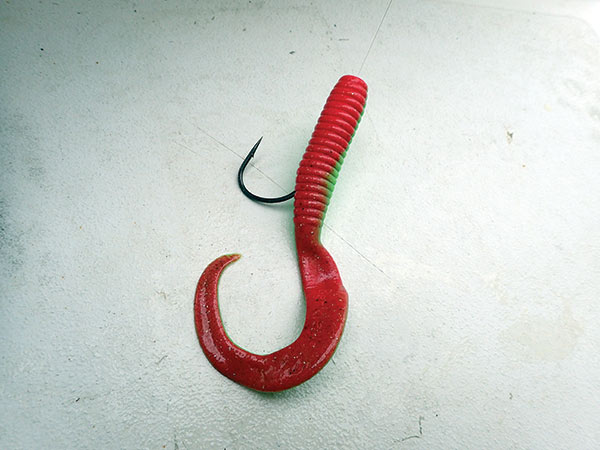
hooks have a wide gap and baitholder hook making them perfect for Gulp baits.
When placing a formerly ravaged minnow on the hook, fishermen should look for a new spot in the chin to insert the hook. A little to the front or back, or perhaps to the left or right will work just fine. All set and ready to deploy! I believe my record fluke tally for a single, live minnow remains at four, but I’ve had many minnows catch me two fluke. The same procedures can be employed with live spot, if you’re able to find those small croaker cousins. They are an extremely hardy bait and with fast action, fishermen can get more than one use out of them despite wounds from a previous fluke encounter. They don’t compare to minnows in that they can’t survive long out of water, especially after being wounded, but otherwise they are quite hardy.
Baits that lack survival skills after being engaged by fluke teeth include peanut bunker and baby bluefish. Their bodies are tender and take more punishment. Small blues may survive for a short while after being dealt wounds, but often die shortly after being bit by a fluke. They can be used dead or discarded after initial use.
Fishermen need not use their best bucktails or jigheads when deploying live bait. In fact, live baits that dart around in distress on a “naked” hook are far more productive. If some window dressing is truly desired, consider weightless add-ons such as bucktail hair ahead of the hook, lightweight beads, various spinner blades or perhaps a spin ‘n’ glow.
Where’s the Beef
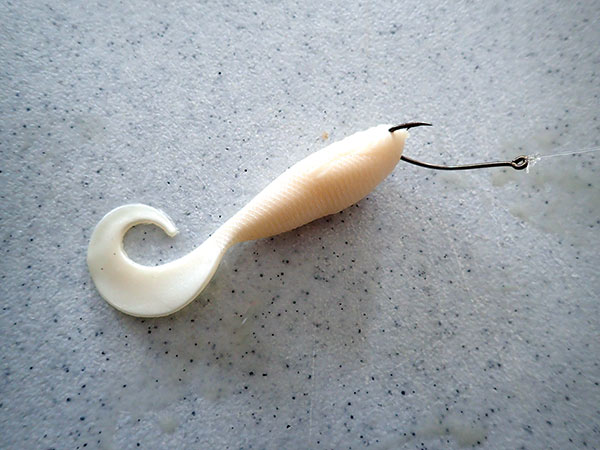
Some meat ribbons or strips have amazing durability qualities when properly cared for. Let’s start with fluke ribbons; once manicured to the chosen length and width, anglers should immediately put them on ice, or at least out of the sun if no ice is available. This keeps the striated meat pattern along the ribbon firmer and attached to the skin. Warm meat strips also tend to lose their scales quickly thus leading to less hardy bait. The strips should not directly touch the ice, but rather, remain in a freezer bag on top of the ice. Freshwater speeds deterioration of any meat strips.
Just keep in mind when stripping out baits from fish with a size limit (as is the case with fluke), in just about every case you’ll need to have that “rack” in your possession as well (especially with fluke). The fluke belly – as it’s affectionately known – gets hooked and sent to the bottom where it does its duty and coaxes a strike. When you reel your catch into the boat it needs to be immobilized exactly like the live bait scenario. You should find the ribbon is softer after spending time in the water, and a thrashing fluke will shake meat off the skin and all over the deck and boat. Not only does that shorten the life of the bait, it makes a mess, particularly if the sun dries tiny pieces of meat on the vessel. You’ll find difficult-to-clean, dried-on morsels of meat for weeks in the oddest of places in the boat if flatties aren’t held still.
Once unhooked, the ribbon can be analyzed for quality and reconfigured on the hook. Often the hole through which the hook protrudes is widened too much hence impaling the bait in a nearby spot is necessary. Other times, the bait ribbon is simply tangled and twirled so anglers need to straighten accordingly or even trim with shears.
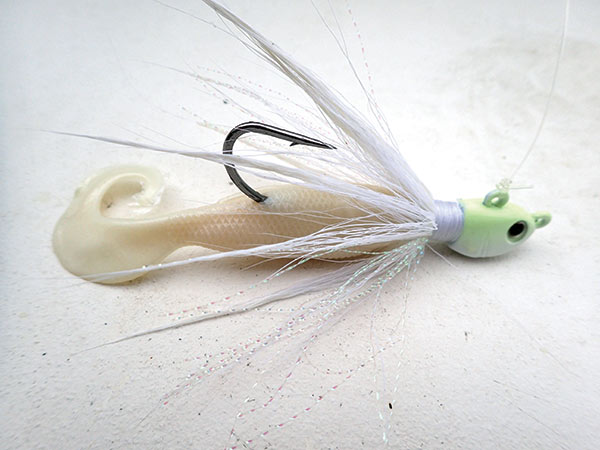
Bluefish strips get particularly soft and have the least amount of life on the hook despite working well while firm. Sea robin strips last much longer if anglers land a few during the outing. I’ve purposely caught adult bunker to carve for strip bait and had it work quite well while maintaining considerable endurance on the hook; however, if the drift is too slow the dogfish hone in on the oily scent like no other strip bait. Mahi, false albacore and even mullet portions all catch fluke, but must stay out of the sun and be kept iced up for optimal catching.
Squid is an old-time favorite that has dynamite endurance. Lengths of squid can be used over and over again with incredible endurance as long as the hole where the hook goes through doesn’t get too big. Many anglers freeze, use, then refreeze squid strips with remarkable effectiveness. For a little extra scent the next time out, pour a little FinEssence shedder or bunker oil into the heavy-duty Ziploc bag before stocking those squid strips in the bait freezer.
Meat strips function well on traditional rigs coming off a three-way swivel leading to a single hook; if the strip is long enough, a second hook referred to as a stinger hook is used. The stinger hook will often hang the mouth of a short striking fluke that is chasing the bait on a fast current day. What’s more, the stinger provides stability and deters the death twirl that often impedes strikes. Anglers are wise to drag the presentation through the water before sending it to the bottom to see how the offering behaves.
Strip baits work extremely well on bucktails and jigheads for those who love to impart vigorous action to their baits. Many like the “ultra-minnow” shaped-head that Spro made so popular. I do, however, remain faithful to what is referred to as the “round” or “ball” type jighead and carry a variety produced by Magic Tail. For certain, there are a lot of options out there!
21st Century Standard
Gulp! I’m sure you can surmise what is the most destructive force of this must have bait from Berkley – the powerful headshakes of a ticked-off fluke! The headshakes often tear apart Gulp baits, causing them to splinter usually near the top or “head” of the bait. Sometimes anglers can re-hook the bait with the hook exiting the side or even the back of the bait. This way the hook and barb can take hold in the firm portion of the Gulp. One may ask, is the Gulp effective when it’s hooked on the jig or bucktail in an abnormal way? The answer is yes. I’ve caught hundreds upon hundreds of summer flounder on Gulp fastened in all sorts of manners.
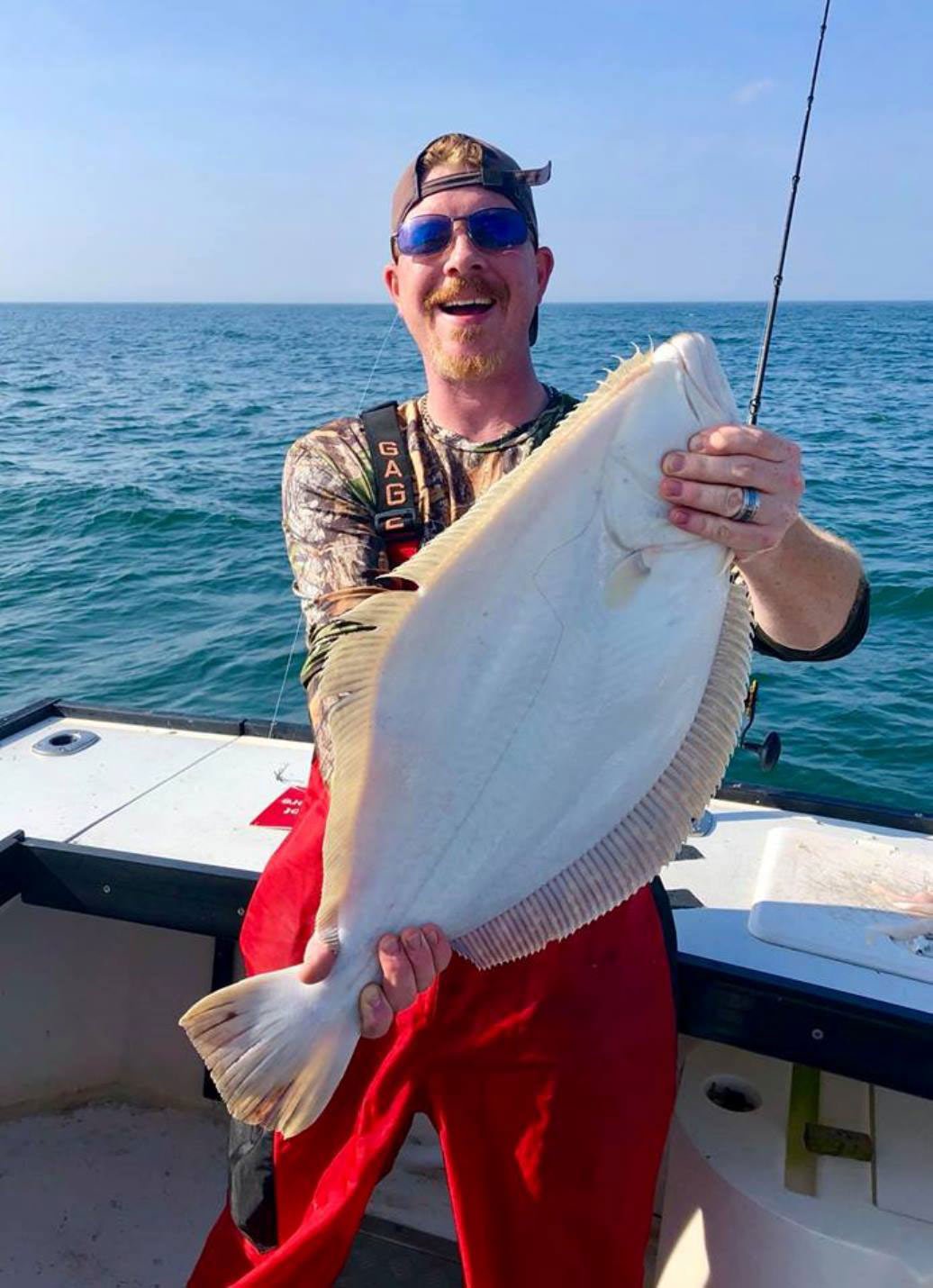
In addition, when the top portion of the Gulp is so mangled from being gnawed at or pulled across the baitholder barb that it can’t be used any longer, anglers can simply slice that portion off. Now there exists a new, firm entry point for the angler to fasten their chosen hook. For example: a 6-inch Gulp grub may be morphed into a 5-inch Gulp, and it still works!
Speaking of 6-inch grubs, Berkley’s Fusion 19 hook is beyond ideal for Gulp on a single hook. It contains a wide gap without removing a thin wire appearance. With some manufacturers, as hooks move up in size, the gauge or width of the hook increases and this can be a deterrent to the fish. What’s more, the Fusion 19 has a baitholder barb at the top that won’t allow a fluke to pull Gulp down to the shank, thus causing the fish to be lost. I highly recommend the 6/0 size for 6-inch grubs, larger Nemesis presentations and long jerk shads.
Yet another way to extend Gulp life after the top has been mutilated is for anglers to turn the bait sideways and hook it across the torn part in the same manner that a minnow would be hooked. It works perfectly! Finally, Gulp baits that have had their paddle tails pulled off or are completely unserviceable are designated for the 5-gallon bucket in the stern of my boat. Why? I will pile them into my minnow traps and they do quite well in drawing in a fresh crop of killies for a future outing!
Gulp fishermen often send bucktails boasting terrific color patterns to the fluke den; Berkley recently added Fusion Bucktails to its product line. The lure has baitfish shaped head and an underside that allows it to sit upright when temporarily sitting on the bottom. Anglers dropping these to the bottom laced with a Gulp are sure to score.
Whether you net, trap, gather or buy your fluke baits this season, proper care will help catch you more fluke and save a couple bucks in the process.

